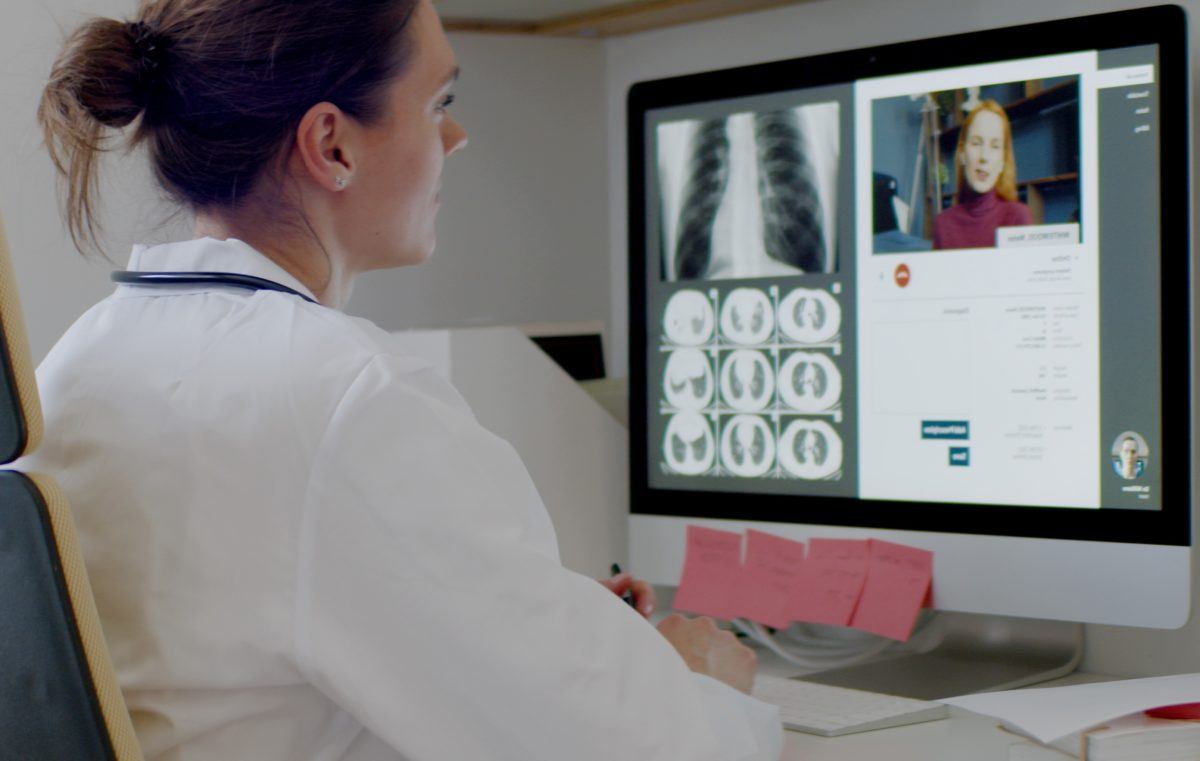Unlike HarmoniMD®, most ECE systems on the market today have a set structure: rather than adapting to your unique needs, they require you to adapt to them. This leads to a very common complaint among doctors, and one reason they don’t like EHRs: there are too many screens they have to click through to get to what they need. Information is buried so deep, in so many different places, that it becomes a waste of time.
The problem is that most of the databases on which EHRs are based are rigid. They simply cannot be modified to reflect your unique workflows or the different needs of your staff. As you well know, an intake employee within your organization needs something very different in an ECE than an Emergency Room doctor or an administrator who cares about controlling costs. Most ECEs simply cannot address these various needs.
How do you meet all of these very different needs within your organization when most ECE systems take a “one size fits all” approach? You should insist that EHRs take the revolutionary approach of accommodating YOU instead of requiring you to accomodate THEM, which is the approach HarmoniMD takes.
When an ECE adapts to your workflows, this becomes an important contributing factor in making the software very easy to learn and use. The process of adapting this new technology becomes organic and intuitive. Because it is presented in a familiar way, in the context of workflows that staff already understand and have used daily for years, it is not intimidating. In fact, it is quite accessible.
When an EHR adapts to the unique needs of different staff, this creates a more secure environment for patient data because staff only see the data they need to do their jobs.
When an EHR is tailored to the needs of each department, it helps staff provide the best possible patient care, saves time and money, and streamlines services.
Here are some points to consider when evaluating an ECE:
Do ECE—
- Are they determined in your workflow?
- Do they allow the design of custom user interfaces?
- Do they allow you to create new fields specific to your needs and/or rename fields using terminology that makes the most sense for your staff?
- Do they have the ability to create screens that present different information to different personnel?
- Do you allow the Patient File to display different information depending on who is viewing it? (For example, the Intake clerk does not need to see vital signs and the Emergency Room physician does not need to see the billing address.)
- Do you allow custom reports?
- Do you allow personalized electronic documents that incorporate your practice protocols?
- Do you allow only certain staff to have access to certain reports, certain documents and certain information in the Patient File?
- Do they show information in different languages? (For example, many times electronic consent forms must be displayed in a second language that is the primary language for many patients, allowing the patient to sign on a tablet and save their digital signature.)
- Do they allow staff to get to the information they need quickly, in very few clicks, ideally one?
These are just some examples. Take some time to consider what unique needs your organization has, both in your workflow and for specific staff, and make a list of your own questions.
Due to HarmoniMD®’s unique “building block” structure, its functionality, fields, documents and reports can be assembled in any combination needed. Perhaps even more importantly, custom user interfaces are created very easily.
Our module-based design allows you to select the software components you want to include for each department. For example, the Admission Module may include specific submenus and data necessary for admission tasks. This will look very different than the Emergency Room Module for a nurse, or even the Emergency Room Module for a doctor. Based on our experience working with hospitals and clinics, we can suggest how these modules look and work. (In other words, you don’t have to start from scratch.) But, and this is the critical point, we can modify any module to meet your unique needs.
Our exclusive Electronic Clinical Documents technology further contributes to the ease of use of the system. Beyond converting any paper form into an electronic version, it has the power to guide a doctor through a Patient Record and offer best clinical practices, based on the organization’s protocols. This unique technology not only increases the efficiency of care, but also the quality and effectiveness of care. To learn more about the power of HarmoniMD to address your unique workflows and staff needs and transform your organization through better care coordination, decision making, and overall better healthcare, visit us! Please contact us today!



